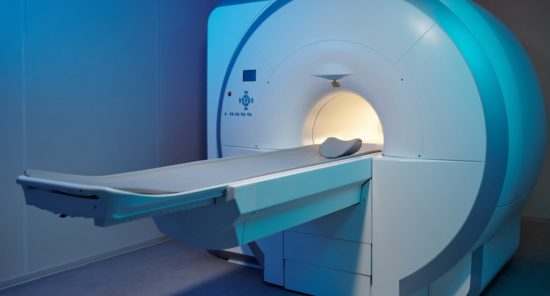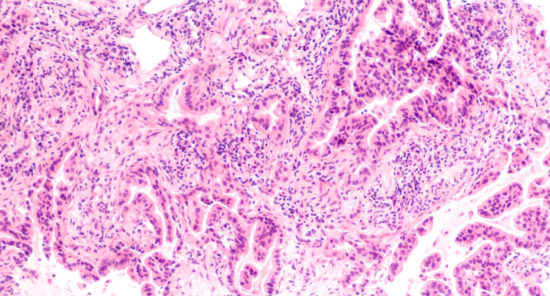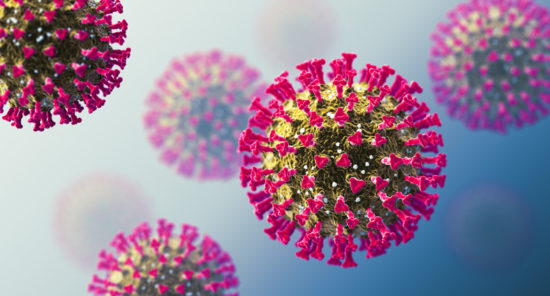Credit: Original article published here.There are currently 61 million Americans living with a disability in the US and with that high of a number, you would think the healthcare system would have resources, services, and tools in place to help someone who experienced a disability, either from a physical accident, heart attack, stroke, or other cause following hospital discharge. However, as noted by Mark Raymond Jr., a C-5 quadriplegic, the sad truth is most people living with a disability leave the hospital and are thrown into a confusing and gap-filled healthcare system they must try to navigate by themselves. Mr. Raymond, who is the founder of the non-profit Split Second Foundation, spoke to DocWire News about his journey, and his foundation, and how he aims to help the disability community and fill in some of the gaps he noticed in treatment and services.
Credit: Original article published here.In a recent meta-analysis published in Current Cardiology Reviews, researchers explored whether stages of fibrosis observed on late gadolinium enhancement magnetic resonance imaging (LGE-MRI) could predict atrial fibrillation recurrence after catheter ablation. According to the study’s lead author, Manjari Rani Regmi, there was a strong association between left atrial fibrosis on LGE-MRI and atrial fibrillation recurrence post-catheter ablation. The authors’ systematic literature review identified 9 studies containing 1787 patients who underwent LGE-MRI to evaluate atrial fibrosis prior to undergoing catheter ablation for atrial fibrillation. Atrial Fibrosis Predicts Atrial Fibrillation Recurrence After Ablation The study’s primary comparisons included stage IV atrial fibrosis versus stage I, combined stages III and IV versus stages I and II, and stage IV versus combined stages I, II, and III. The authors used random-effects models to calculated pooled odds ratios (ORs) using the DerSimonian and Laird method. Researchers found patients with stage IV atrial fibrosis after ablation had a higher rate of atrial fibrillation recurrence compared with those with stage I atrial fibrosis (OR, 9.54; 95% CI, 3.81-28.89; P<.00001). In addition, the investigators noted patients with combined stages III and IV atrial fibrosis demonstrated significantly higher atrial fibrillation recurrence than patients with
Credit: Original article published here.In the recently completed CheckMate 817 trial, researchers evaluated flat-dose nivolumab plus weight-adjusted ipilimumab as a first-line treatment in patients with metastatic non-small cell lung cancer (NSCLC). According to the study’s authors, the nivolumab plus ipilimumab regimen was associated with durable response and manageable safety in the primary cohort of patients with Eastern Cooperative Oncology Group (ECOG) performance status (PS) of 0-1. The findings were reported in the Journal for the Immunotherapy of Cancer. In addition, the team reported that nivolumab with ipilimumab showed manageable treatment-related toxicity and a clinically meaningful 3-year overall survival (OS) rate in higher-risk subgroups including patients with ECOG PS 2, ECOG PS 0-1 with untreated brain metastases, renal impairment, hepatic impairment, or controlled HIV infection. Investigators noted these findings were comparable to results from previous phase 3 studies on patients with metastatic NSCLC. Nivolumab Plus Ipilimumab Shows Promise for NSCLC The clinical trial enrolled 391 patients with NSCLC in the primary cohort and 198 patients in the special populations cohort. Both groups received nivolumab 240 mg every 2 weeks plus ipilimumab 1 mg per kg every 6 weeks. The primary end points were grade III-IV and grade V immune-mediated adverse events (AEs)
Credit: Original article published here.TAKE CARE OF YOUR HEART CAMPAIGN HIGHLIGHTS HEART HEALTH EDUCATION IN HONOR OF AMERICAN HEART MONTH In honor of American Heart Month, Families Together of Orange County Community Health Center is launching a month-long campaign, Take Care of Your Heart, to help address the need in the community for heart health education and resources. Families Together of Orange County serves more than 23,000 unique patients annually, of which more than 70% are Hispanic or Latino, and more than half reportedly earning an annual income of $20,000 or less. In a patient needs assessment conducted by the health center, the two top physical health conditions with patients were cited as high blood pressure and high cholesterol- two of the leading causes of heart disease. The philosophy at Families Together places importance on preventative measures that give patients the tools to take control of their own health journey. With the Take Care of Your Heart campaign, Families Together will promote content on its website and social channels that highlights education, resources and tools that anyone in the community can use to stay informed, and ultimately raise awareness about the options available to them. The focus on preventative measures
Credit: Original article published here.Patients with acute kidney injury (AKI) are at risk of progression to chronic kidney disease (CKD) and end-stage renal disease (ESRD). AKI is a common complication associated with COVID-19. Thiago Terzian Ganadjian, MD, and colleagues at Universidade Federal Sao Paulo, Sao Paulo, Brazil, conducted a study to examine the frequency and association of clinical variables in patients who developed CKD and ESRD following AKI related to COVID-19. The researchers reported results of the 1-year follow-up study during a poster session at the American Society of Nephrology Kidney Week 2022. The poster was titled The Emergence of CKD After COVID-19 Related AKI. The study included 182 survivor patients who were admitted to the center’s ward and intensive care unit with COVID-19 between April 2020 and March 2021. Inclusion criteria were age ≥18 years and COVID-19 confirmed on reverse transcription-polymerase chain reaction test. Exclusion criteria included ESRD prior to hospitalization. Kidney Disease: Improving Global Outcomes criteria were used to define AKI and CKD. The researchers assessed the frequency of AKI and then compared selected clinical variables in two subgroups: CKD after COVID-19-related AKI and non-CKD after COVID-19. Univariate and multivariate analyses were conducted. A total of 137 patients






